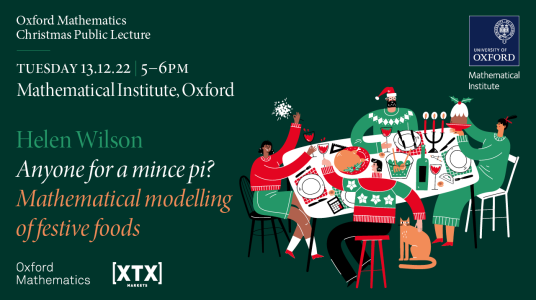Leif Ristroph is an Associate Professor of Mathematics at The Courant Institute, New York University.
'He is an experimental physicist and applied mathematician who specializes in fluid dynamics, with a particular emphasis on fluid-structure interactions as applied to biological and geophysical flows. His biophysical work includes studies of the aerodynamics and stabilization of insect flight as well as the hydrodynamics of schooling and flow-sensing in swimming fish. Relevant to geophysical flows, he is interested in problems ranging from instabilities of interfacial flows to the evolution of shape during fluid mechanical erosion.' (taken from https://math.nyu.edu/~ristroph/)
Selected Publications
L. Ristroph and S. Childress, "Stable hovering of a jellyfish-like flying machine", Journal of the Royal Society Interface 11, 20130992 (2014)
L. Ristroph, M. N.J. Moore, S. Childress, M.J. Shelley, and J. Zhang, "Sculpting of an erodible body by flowing water", Proceedings of the National Academy of Sciences 109, 19606 (2012)
B. Liu, L. Ristroph, A. Weathers, S. Childress, and J. Zhang, "Intrinsic stability of a body hovering in an oscillating airflow", Physical Review Letters 108, 068103 (2012)


